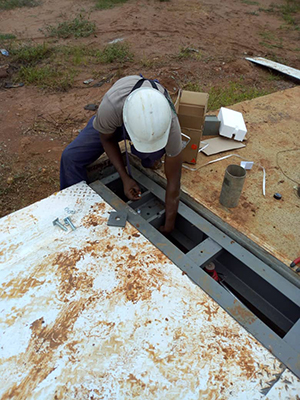A weighbridge is a large-scale weighing system used to measure the weight of vehicles and their contents. It typically consists of a platform set into the ground, electronic load cells, and a digital display or software interface. When a vehicle drives onto the platform, the weighbridge measures the total weight and can calculate the load by subtracting the vehicle’s tare weight. It's a vital tool for industries like construction, logistics, waste management, and agriculture.
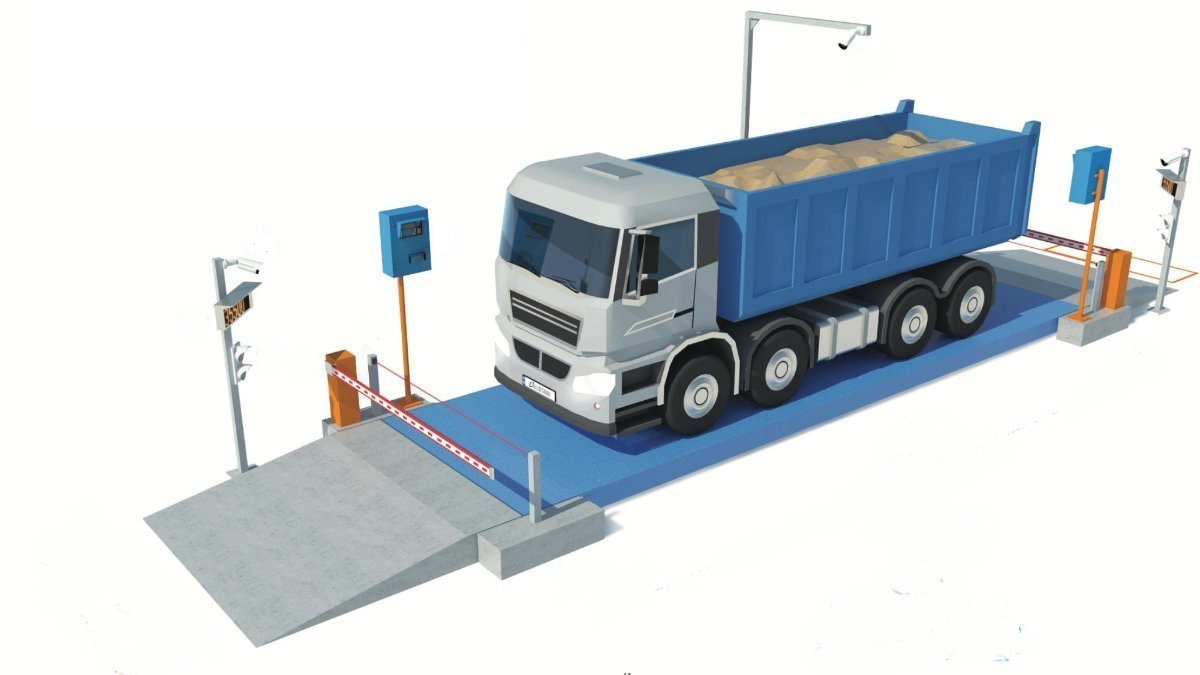
Weighbridges help businesses maintain accuracy, ensure regulatory compliance, and improve operational efficiency. By monitoring load weights, you can prevent overloading, reduce fines, and avoid equipment damage. For businesses in sectors like mining, construction, and logistics, weighbridges offer precise data that supports inventory control, billing, and environmental reporting.
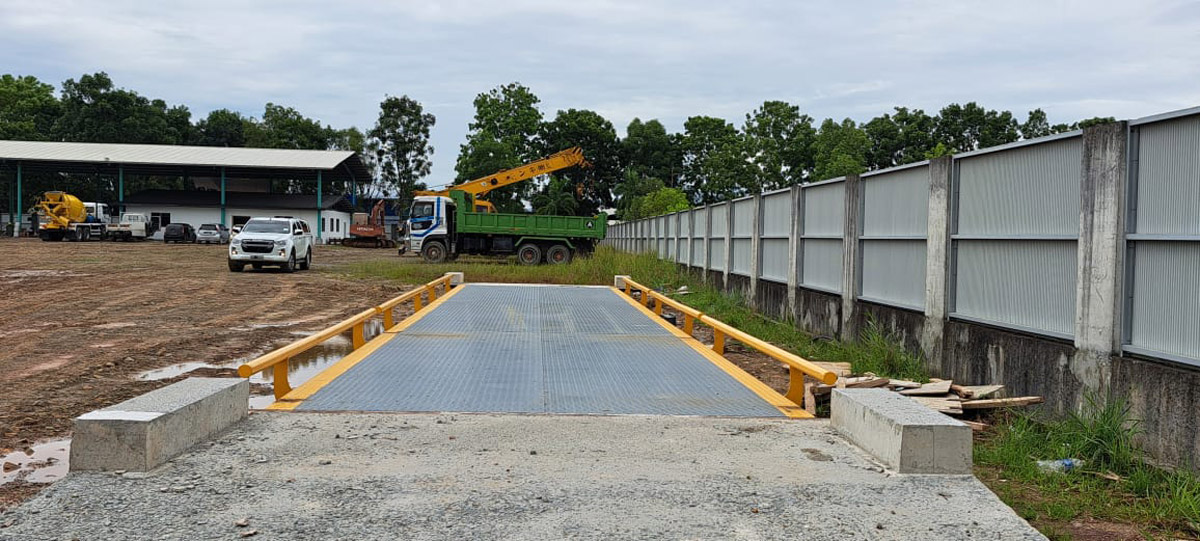
There are several types of weighbridges, including pit-mounted, surface-mounted, and portable versions. Pit-mounted weighbridges are ideal for sites with limited space, while surface-mounted versions are easier to install and maintain. Portable weighbridges are great for temporary projects or remote locations. Each type can be customized with different materials and technology depending on your application.

Modern weighbridges are extremely accurate, with tolerances as low as ±0.1% of the total load, depending on the model and calibration. They are designed to comply with local weights and measures standards and can be calibrated regularly to ensure continued precision. Accurate weighing prevents legal issues and optimizes load management.
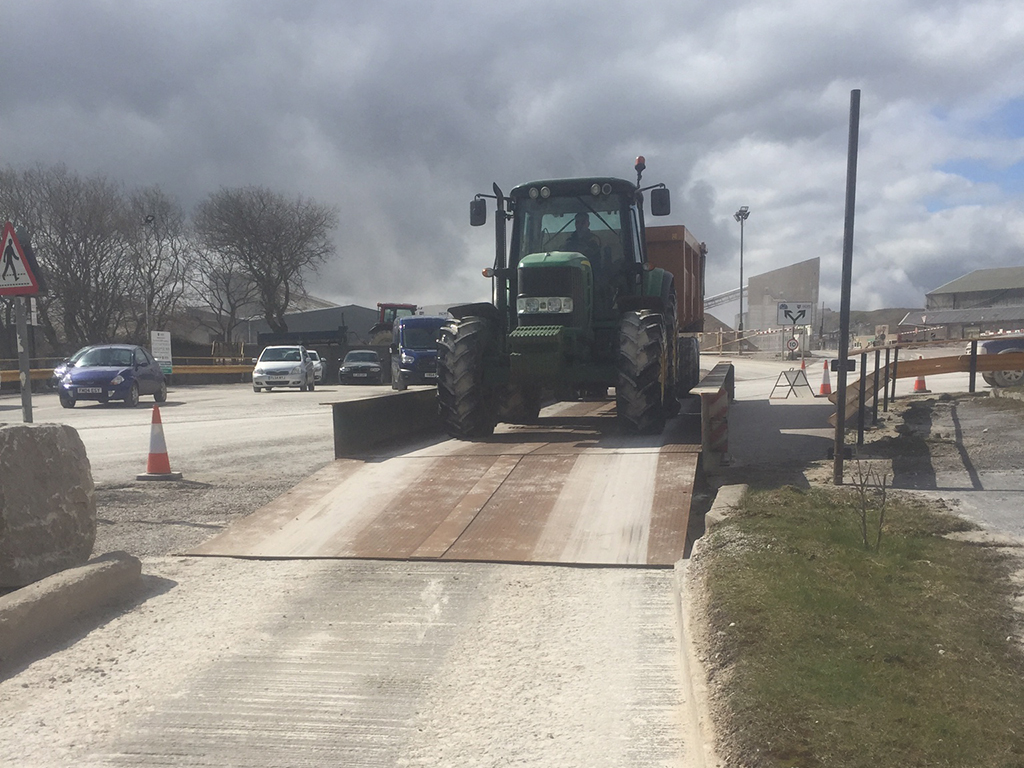
Routine maintenance includes cleaning debris from under the platform, checking load cells and cables, and recalibrating the system periodically. Depending on usage, a weighbridge may need professional servicing once or twice a year. Preventive maintenance not only extends the life of the equipment but also ensures consistent performance and accuracy.
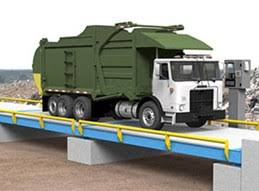
Yes, most modern weighbridges can be integrated with management software to streamline operations. These integrations allow for automated data capture, reporting, real-time monitoring, and even remote access. This reduces human error, improves workflow, and enhances data transparency for audits or client reporting.
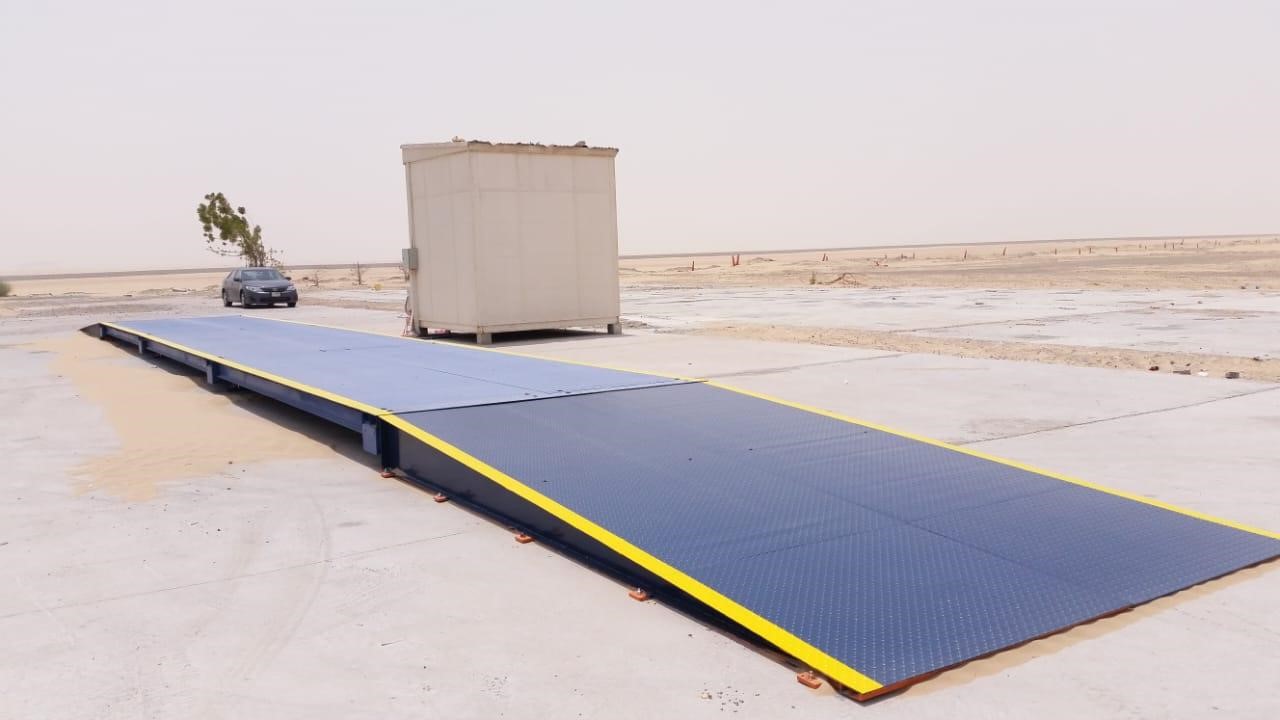
Installation time varies depending on the type and complexity of the weighbridge. A surface-mounted system may take just a few days, while a pit-mounted system could require a week or more due to excavation and foundation work. Planning, permits, and site preparation also impact the timeline, so early coordination with the provider is key.
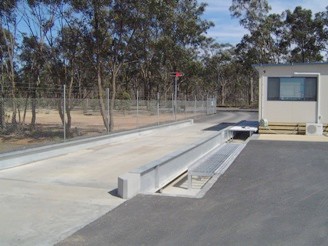
Yes, weighbridges can be certified as “legal for trade,” meaning they meet government standards for commercial transactions. This certification is essential for businesses that charge customers based on weight, such as in waste disposal, recycling, or raw material sales. Regular inspections and recalibration are required to maintain legal status.
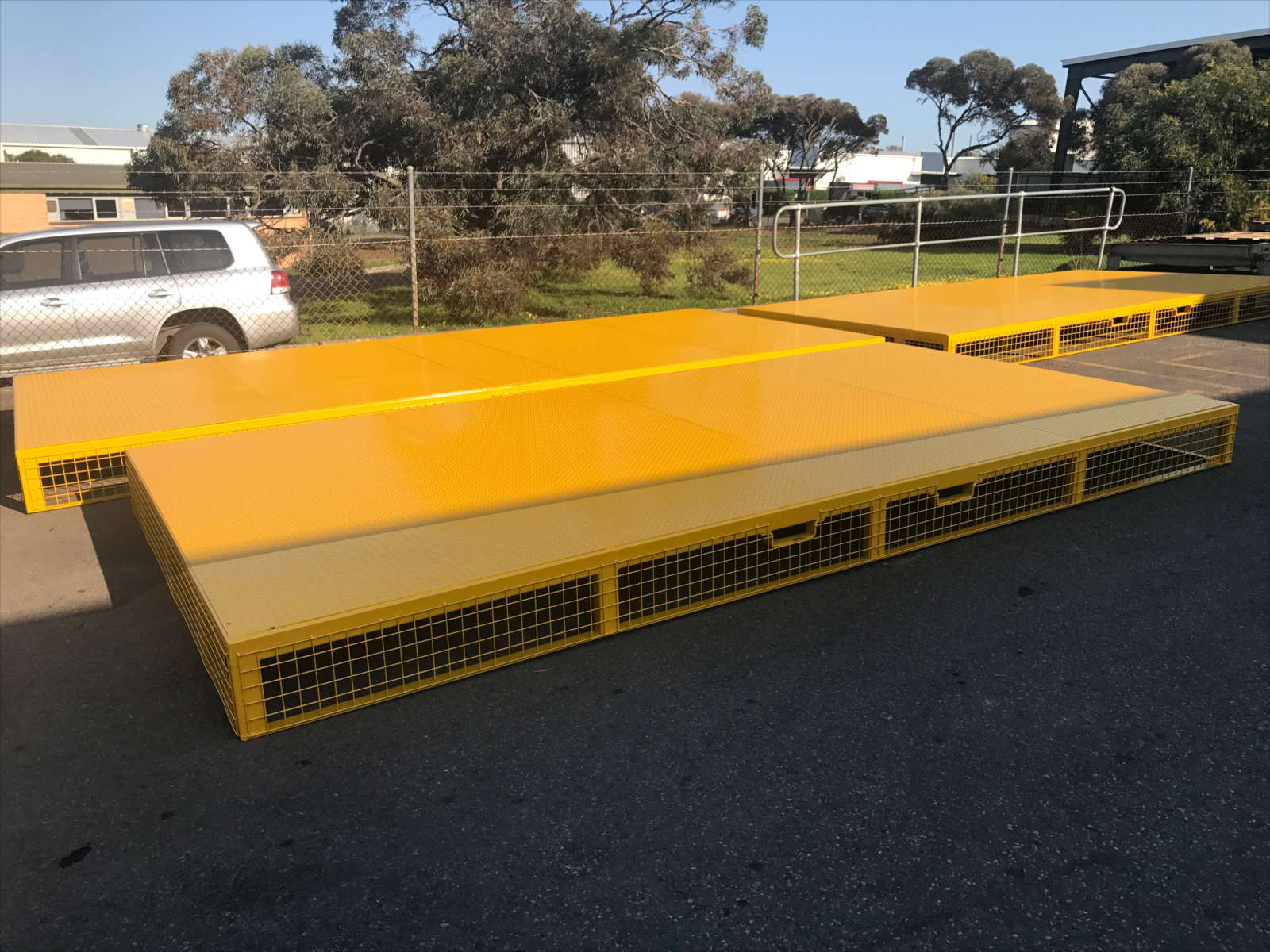
Absolutely. Weighbridges can be tailored to specific industry needs—whether that means additional load cells for higher capacity, custom software for logistics tracking, or weatherproofing for outdoor use. Industries like agriculture, mining, and transport often require specialized features for efficient and accurate operations.
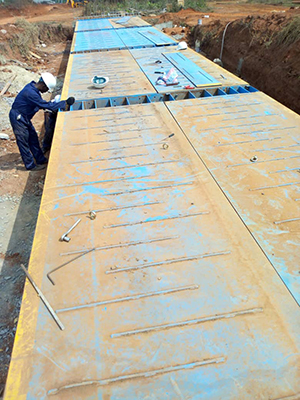
A high-quality weighbridge can last 15–20 years or more with proper maintenance. Factors such as usage frequency, environmental conditions, and upkeep play a big role in longevity. Investing in durable materials and scheduling routine servicing ensures your weighbridge remains reliable for years to come.
